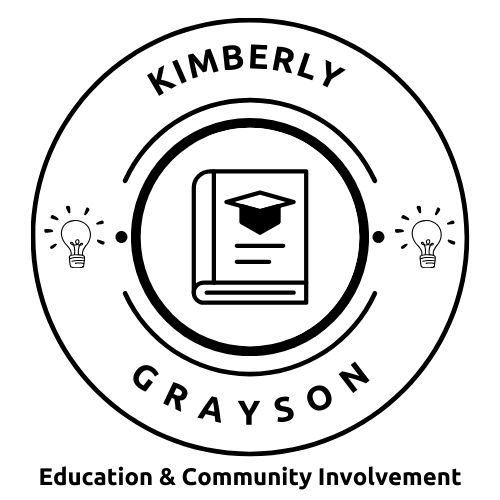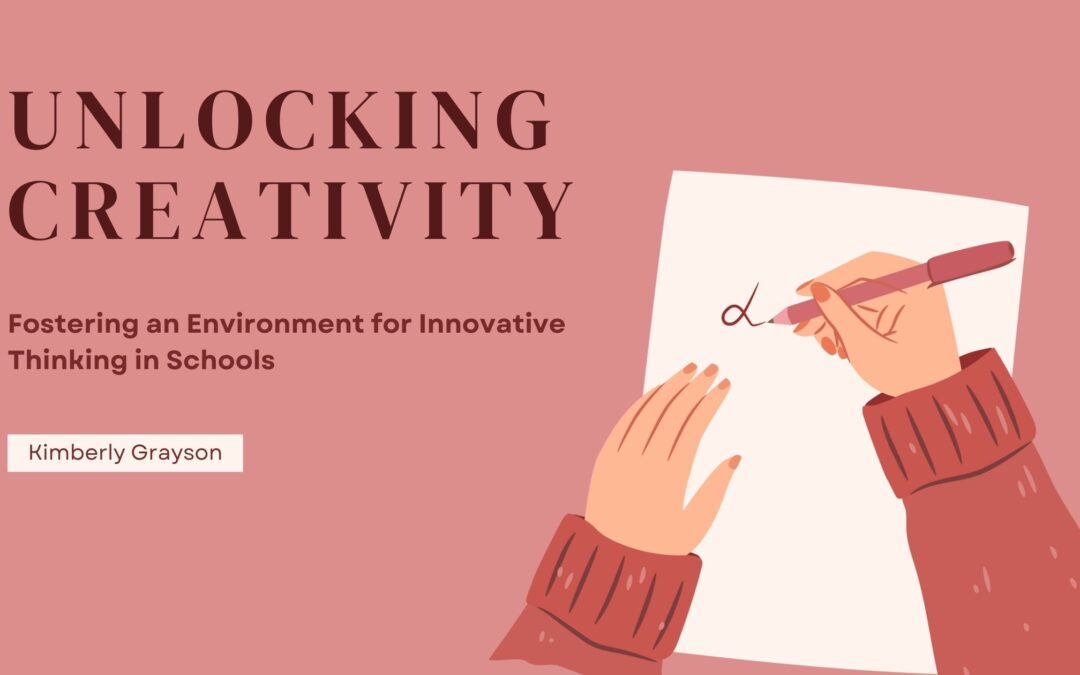Creativity is often hailed as the driving force behind innovation and progress in today’s rapidly evolving world. As educators, one of our primary responsibilities is to cultivate and nurture the creative potential of our students. In this blog, we’ll explore the importance of fostering an environment conducive to innovative thinking in schools and share strategies for unlocking creativity in the classroom.
Recognizing the Value of Creativity
Creativity is not just about artistic expression; it’s about thinking differently, solving problems creatively, and generating original ideas. In a world where the pace of change is accelerating, creative thinking has become a critical skill for success in virtually every field. By fostering creativity in schools, we empower students to become adaptable, resourceful, and innovative individuals prepared to thrive in the 21st century.
Encouraging Curiosity and Exploration
Curiosity is the spark that ignites creativity. Please encourage students to ask questions, explore new ideas, and pursue their interests passionately. Provide opportunities for hands-on learning, experimentation, and discovery. Foster a culture of inquiry and exploration where students feel empowered to take risks, make mistakes, and learn from failure. By nurturing curiosity, we lay the foundation for creative thinking to flourish.
Embracing Diverse Perspectives
Creativity thrives in environments that embrace diversity and inclusivity. Please encourage students to celebrate their differences, share their unique perspectives, and collaborate with peers from diverse backgrounds. Expose students to various voices, cultures, and experiences through literature, art, music, and guest speakers. By valuing diverse perspectives, we foster empathy, empathy, and cultural awareness—essential ingredients for creative thinking.
Providing Space for Reflection and Solitude
In today’s fast-paced world, carving out time for reflection and solitude is essential. Provide opportunities for students to step back, pause, and reflect on their thoughts and experiences. Encourage journaling, mindfulness exercises, and quiet contemplation. Creativity often flourishes in the stillness of solitude, as students have the space to connect with their inner thoughts, emotions, and ideas.
Emphasizing Play and Imagination
Play is the language of creativity. Encourage students to engage in imaginative play, storytelling, role-playing, and creative expression. Provide opportunities for unstructured playtime, where students can explore their creativity freely. Incorporate games, puzzles, and creative activities into the curriculum to stimulate students’ imagination and foster a spirit of playfulness and experimentation.
Encouraging Risk-Taking and Resilience
Creativity requires courage to take risks, challenge the status quo, and embrace uncertainty. Please encourage students to step outside their comfort zones, try new things, and push the boundaries of their creativity. Celebrate failures as opportunities for growth and learning. Teach students resilience—the ability to bounce back from setbacks, persevere in the face of challenges, and embrace the iterative nature of the creative process.
Providing Opportunities for Collaboration
Collaboration is a cornerstone of creativity. Create opportunities for students to collaborate on projects, share ideas, and co-create solutions to real-world problems. Foster a culture of teamwork, communication, and mutual respect. Please encourage students to build on each other’s ideas, brainstorm collectively, and leverage their peers’ diverse strengths and talents. By working together, students can achieve more than they ever could alone.
Conclusion
Unlocking creativity in schools requires a multifaceted approach that values curiosity, diversity, reflection, play, risk-taking, and collaboration. By fostering an environment that nurtures these essential elements, educators can empower students to unleash their creative potential and become catalysts for innovation and positive change in the world. As we continue to evolve our educational practices, let us prioritize creativity as a cornerstone of 21st-century learning, ensuring that every student has the opportunity to thrive as a creative thinker and problem solver.

